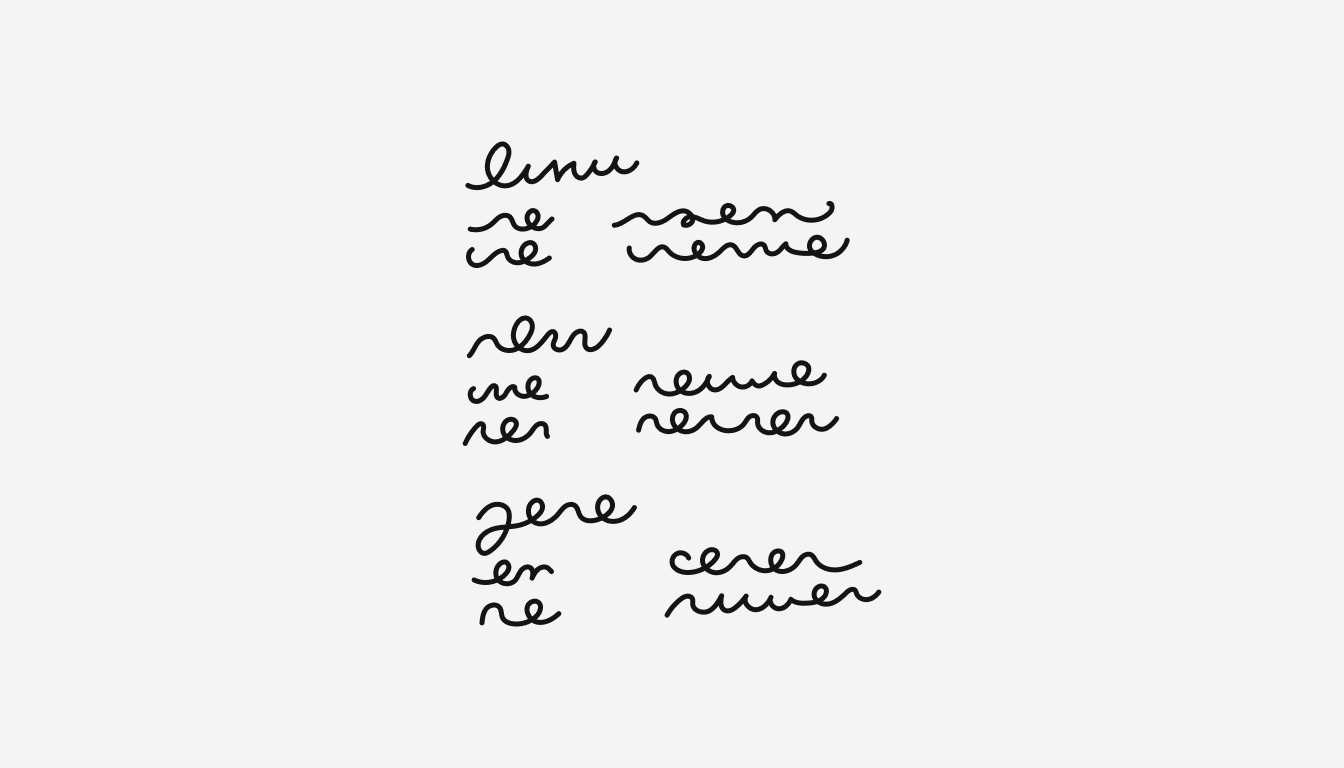Art Terms to Know
Carlos Velázquez on December 15, 2022
The art world can be a tricky place to navigate—especially if you're unfamiliar with the terminology. At Peggy, we believe the art world should be easy to understand and fun—so we've compiled a list of terms and their definitions, to make things a little bit easier to parse.

Art Speak: specialized and difficult-to-understand prose usually associated with the art world. It is usually seen as pretentious and overblown. Art speak is also known as International Art English, or IAE. It is a language filled with paradoxes and adverbs that make it difficult for newer entrants to the art world to understand the message being conveyed. In their infamous essay, Alix Rule and David Levine analyzed art speak and concluded that it makes art intimidating to newer audiences, especially those without an MFA, where Art Speak is pervasive.
Provenance: an artwork's ownership history. It records each owner of an artwork—including museums and private collections—to help verify the authenticity. Provenance is often complex to trace, requiring original receipts and proof of transactions. Years of a painting’s history might be unaccounted for, making it difficult to prove authenticity.
MFA: a graduate-level college degree in Fine Arts, such as visual arts, performing arts, creative writing, or design. MFA stands for Master of Fine Arts. It differs from a Master of Arts in that it is a terminal degree—this means that it is considered the highest level of education you can achieve within this field.
Emerging Artist: someone who is in the early stage of their career, regardless of age. Typically, art critics and galleries have begun showing interest in emerging artists work. Emerging artists usually have specialized training (such as an MFA) and have created a modest independent body of work.
Established Artist: established artists have many years in the industry and have created an extensive body of independent work. Within this category are “blue chip artists,” whose artwork's value has been established through years of sales and corroborated by auctions.
A White Cube Gallery: a gallery with unadorned white walls and a light source (usually from the ceiling). It is often associated with fine art and a space that can be intimidating. It originated in the early 19th century as a response to the demands of different art schools, such as the Bauhaus, which considered the way art was displayed an integral part of their work. The White Cube’s original purpose was to minimize distractions and draw attention to the artworks displayed.
Gallery Representation: is when a gallery represents an artist. Gallery representation allows artists to focus on creating art rather than promotion, marketing, and sales. It can also lead to a dramatic increase in public recognition and awareness of emerging artists. The gallery model in the art world works on a commission model—typically 50/50. Overall, galleries play a vital role in the art world through their storytelling and community-building strengths, which positively impact the artists they represent and the art world in general.
Catalogue Raisonné: a comprehensive list of all known works of an artist in a particular medium. The creation of a catalogue raisonné can take years and a majority of artists don’t have one. For those who do, the catalogue focuses on the artist’s authentic body of work through photos, information, and history. The history, in particular, will usually include the provenance of the artwork.
Join Peggy
